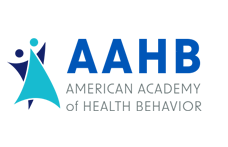Abstract
Young adults across the United States struggle to meet physical activity recommendations and consume healthy diets, and they often suffer from issues related to body image. Social media influencers dedicated to fitspiration (i.e., fitness inspiration) are purported to have a goal of inspiring others to lead healthier lifestyles. The purpose of this study was to explore the relationships between fitspiration and exercise and body image perceptions amongst college students. Participants (n = 361, mean age = 20.2 years, 78% female) completed surveys that included sociodemographic information, social media usage, fitspiration content engagement, exercise, and body satisfaction. An independent samples t-test assessed differences in exercise by fitspiration viewership, and a chi-square analysis determined relationships between fitspiration and body satisfaction. Participants were routinely active on social media (91% use it for > 1 hour per day), and 61.5% were exposed to fitspiration content. Approximately 41% of respondents have followed exercise advice from fitspiration influencers, though only 11% reported having purchased products. No relationships were reported between following fitspiration and days per week of exercise (M∆ = .02(.20), p = .91). Participants that followed fitspiration were more likely to be dissatisfied with their bodies, X2 (1, n = 316) =7.77, p = .005, compared to participants who did not. Findings demonstrate fitspiration was not related to exercise and was related to poorer body image perceptions among college students. These results are supported by previous findings and indicate a critical misalignment between the purported purpose of fitspiration and the outcome of its viewing.
Creative Commons License

This work is licensed under a Creative Commons Attribution-Noncommercial 4.0 License
Recommended Citation
Bowles, Anna K.; Walsh, Shana M.; and Andre, Thomas L.
(2021)
"Is Fitspiration Truly an Inspiration? Relationships between Fitspiration, Exercise, and Body Image,"
Health Behavior Research:
Vol. 4:
No.
2.
https://doi.org/10.4148/2572-1836.1101




